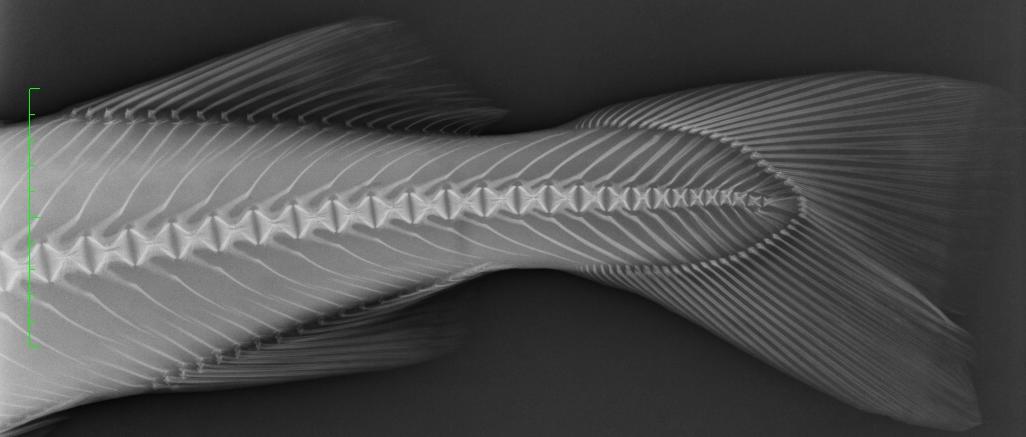Electrofishing
 Trawl fishing on shrimp and sole results in seabed disturbance and produces high discards of which the majority of animals do not survive. Recently, the European Commission decided to strongly reduce these discards, warranting the need for research on alternative fishing techniques with less environmental impact in terms of seabed disturbance and discards.
Trawl fishing on shrimp and sole results in seabed disturbance and produces high discards of which the majority of animals do not survive. Recently, the European Commission decided to strongly reduce these discards, warranting the need for research on alternative fishing techniques with less environmental impact in terms of seabed disturbance and discards.
Electrofishing uses electrodes towing over the sea floor and inducing electrical pulses, which elicit an upward movement of the shrimp and fish enabling their catch with much less spading of the bottom. Although this technique is promising, only little information is available on the possible adverse effects and the actual factors determining the extent of these unwanted effects on marine organisms.
The research of PhD students Marieke Desender and Maarten Soetaert ambiates to remediate this knowledge gap by assessing their impact on different marine species and lifestages. Cod (Gadus morhua) is alleged to be by far the most sensitive species in the pulse trawl catches. Therefore, from April until July 2013, Marieke and Maarten are performing studies on cultivated cod in Norway (NOFIMA, Tromsø), where they can make use of the infrastructure and expertise present. Eggs, larvae, juveniles and adult fish will be included in this research. Possible anomalies regarding development and behavior will be analysed as well as any macroscopical and histological abnormalities. Additionally, X-rays will be taken to discern fractures. These studies are supported by the Institute for Innovation by Science and Technology (IWT), AQUAEXCEL, the European Fisheries Fund, ILVO-Fisheries and UGent. The promotors are Prof. Koen Chiers (UGent), Prof. Annemie Decostere (UGent) and dr. ir. Hans Polet (ILVO).
